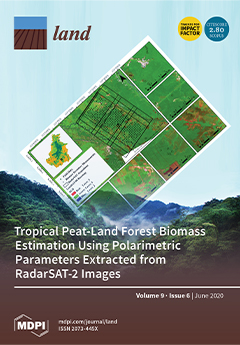Resource information
Drought has detrimental impacts on crop and livestock farming systems worldwide, but less attention has been given to outdoor livestock systems, particularly in humid temperate regions. This research evaluated how an intense drought in 2018 impacted the UK livestock sector and the responses adopted by key actors, though a combination of analysis of weekly agricultural trade publications and semi-structured interviews with livestock farmers. Drought impacts centred on feed and fodder availability, animal productivity and welfare, farm economics, and farmer well-being, with strong inter-dependencies observed. Most drought responses by farmers were reactive short-term coping strategies to address feed shortages, with three main strategies applied: management of available grazing and feed; selling livestock to reduce feed demand and to obtain income; and buying-in additional feed. Few longer-term adaptive measures were identified due to a range of constraints. Moving forwards, the UK livestock sector needs to convert the learning from the reactive measures implemented in 2018 into pro-active drought planning approaches. The current political changes in the UK also provides a unique opportunity for agricultural policy to better reward the desirable nationally- and locally-important non-market services or public goods that livestock farming provides. Together, these should support increased drought resilience in livestock farming and increased farming viability.


